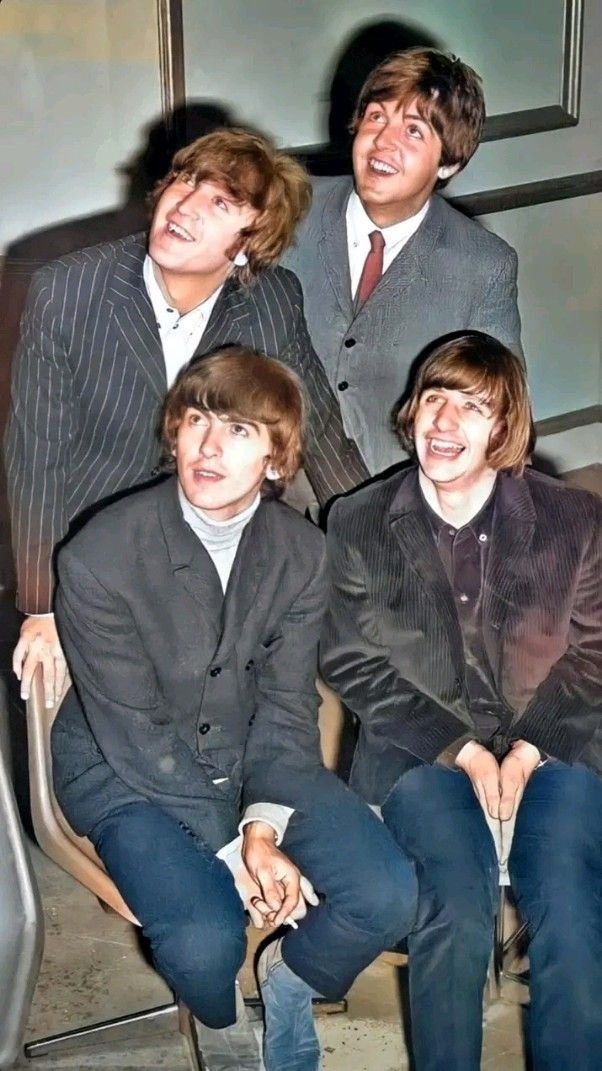As I push days closer to the big 3-0 in age, I refuse to let my gig standards slip. Yes, I may have one eye on the clock, as my worryingly early bedtime looms, and yes, I may be clutching an expensive IPA instead of a cheap can of Red Stripe, but I will not allow myself to betray the supporting live acts.
They are the lifeblood of the industry and play an important role in the evolution of music. Sure, my abstaining from watching them and thus subjecting them to one less crowd member is par for the course as an opener. Playing to but a handful of uninterested people is what many successful musicians retrospectively regard as character building. But I don’t want to do that. I want to see fresh ideas from willing artists, hand-picked by a band I’ve paid to see.
Therefore, it’s so disappointing when the big boys of industry fail in their duty to uphold this idea. When Oasis announced their mammoth comeback tour, the opportunity to shed light on a burgeoning British band was seismic. This would be a surefire way to get millions of eyes on the next generation.
Instead, the Gallagher brothers opted to curate a night of pure nostalgia porn, which, as exciting as it is for fans, served no wider cultural purpose and felt like a sad abandonment of their musical responsibilities.
It makes you wonder, had the chapters of history panned out differently, and we had all four members of The Beatles on hand to announce a farewell tour, who would act as support? Because where Oasis have become the masters of one identity, steeped the history of Madchester and working-class Britain, The Beatles were something more diverse entirely.
Everything that has entered the charts since the close of the 1960s has been influenced by the Fabs in one form or another. Be it the blues-rock foundations of their early work or the spiralling psychedelia of the late 1960s, artists from five decades would all be scrambling for a spot on the same bill as the band.
Because even when they were at their pomp, not many artists were given that privilege. It was when their music became most interesting that the touring stopped because of the hysteria, and so the musicians considered lucky enough to open for music’s greatest ever band are limited to a select few.
But who got to do it the most?
In those days of the early 1960s, when The Beatles were a dominant live act, hanging off the foundations of blues artists before them, they chose artists who fit a similar mould. The Ronettes, The Cyrkle, Bobby Hebb, and The Remains are all some of the most common names linked to their live shows.
The Moody Blues, The Paramounts, Beryl Marsden, Steve Aldo, The Koobas, and The Marionettes were also notable names on their final US tour. Additionally, two years before, during their 1964 North American tour, The Bill Black Combo, The Exciters, The Righteous Brothers, Jackie DeShannon, and Larry Lee and the Leesures all featured as support.
But it was The Ronettes, The Cyrkle, Bobby Hebb, and The Remains who all can claim the title of the Fab Four’s most faithful supporting acts, claiming 14 appearances each during their 1966 North American US tour.
